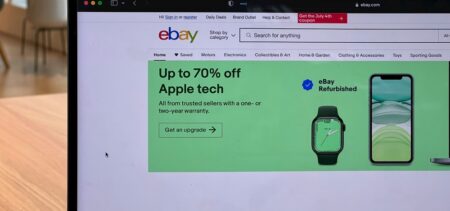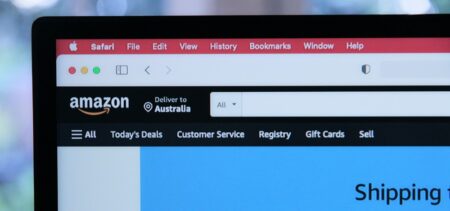Online stores are among the few businesses that have thrived during the COVID-19 pandemic, because people across the globe were forced to live, work and shop remotely. However, life is finally returning to normal—and so are shopping habits. While online stores will undoubtedly continue to grow and evolve in this digital age, simply moving your store online will be insufficient. As most companies already know, it takes more than just having a website to boost online sales. One of the most effective ways to increase online sales is to ensure that your online store provides an exceptional user experience (UX)—or e-commerce UX as it has been termed.
Improving e-commerce UX might sound challenging, but you should keep the following in mind: While US in-store sales were up 10% in April 2022 and online sales have dropped 1.8% during the same month in 2021—indicating consumer demand to move away from e-commerce—online sales remain elevated when compared to April 2019.
This highlights the importance of improving e-commerce UX. Here are five e-commerce best practices that will help you do that to increase revenue.
Providing easy navigation
Hick-Hyman’s Law, a well-known design principle, states that the more choices users are faced with, the longer it will take them to make a decision, which will lead to customer frustration. This is precisely why navigation should be intuitive and easy on any website—and even more so for online stores. For example, websites with multiple products in a single category should allow easy navigation for shoppers to sort different products by different attributes. Furthermore, online stores should also be mobile-friendly, as more and more people are now buying their favorite products on their smartphones.
Designing effective e-commerce CTAs
CTA is a term frequently used to define a specific message on a webpage, advertisement, or piece of content that encourages the audience to do something. The role of a CTA is to keep customers focused on completing a specific task while browsing, and usually, that task is buying something. An effective CTA stands out from the rest of the page and clearly communicates the specific action in question. However useful they may seem, you should also know that CTAs can seem overwhelming to customers if they are overused.
Listing the benefits of your products
Like traditional commerce, online commerce dictates that customers should have prompt and easy access to the benefits of a specific product. Online store visitors shouldn’t have to scroll through extensive information or watch long videos to learn the advantages of that product or service. You should also keep in mind that while some benefits are easily visible in a physical store, they may be invisible online—and therefore listing it in the online-store as well is imperative.
Easy-to-use search tools
Search is a primary function for e-commerce stores and apps, and should be displayed prominently on your website. This function becomes even more relevant when the online store is complex with varied offers. While you should consider equipping your online store with autocomplete search bars to simplify the search process, bear in mind that there shouldn’t be a search tool on checkout pages because they tend to disrupt conversion.
Fast checkout
Slow checkout is one of the main reasons for a high shopping cart abandonment rate, so it comes as no surprise that faster checkout is a must. Try using progress indicators, keep the forms at checkout short, and don’t forget to include clear and concise information about shipping costs and payment options. All these steps will help you ensure a simple checkout process for your customers. Additionally, you should consider including an option to shop without having an account on your website, as users tend to abandon their baskets if they feel obligated to create an account.
Online stores are on the rise, even though online sales are busy declining. It remains important to enhance e-commerce UX for revenue reasons, but the process can be tedious. By implementing the five e-commerce best practices presented above, you can make your online store stand out above the rest.
































